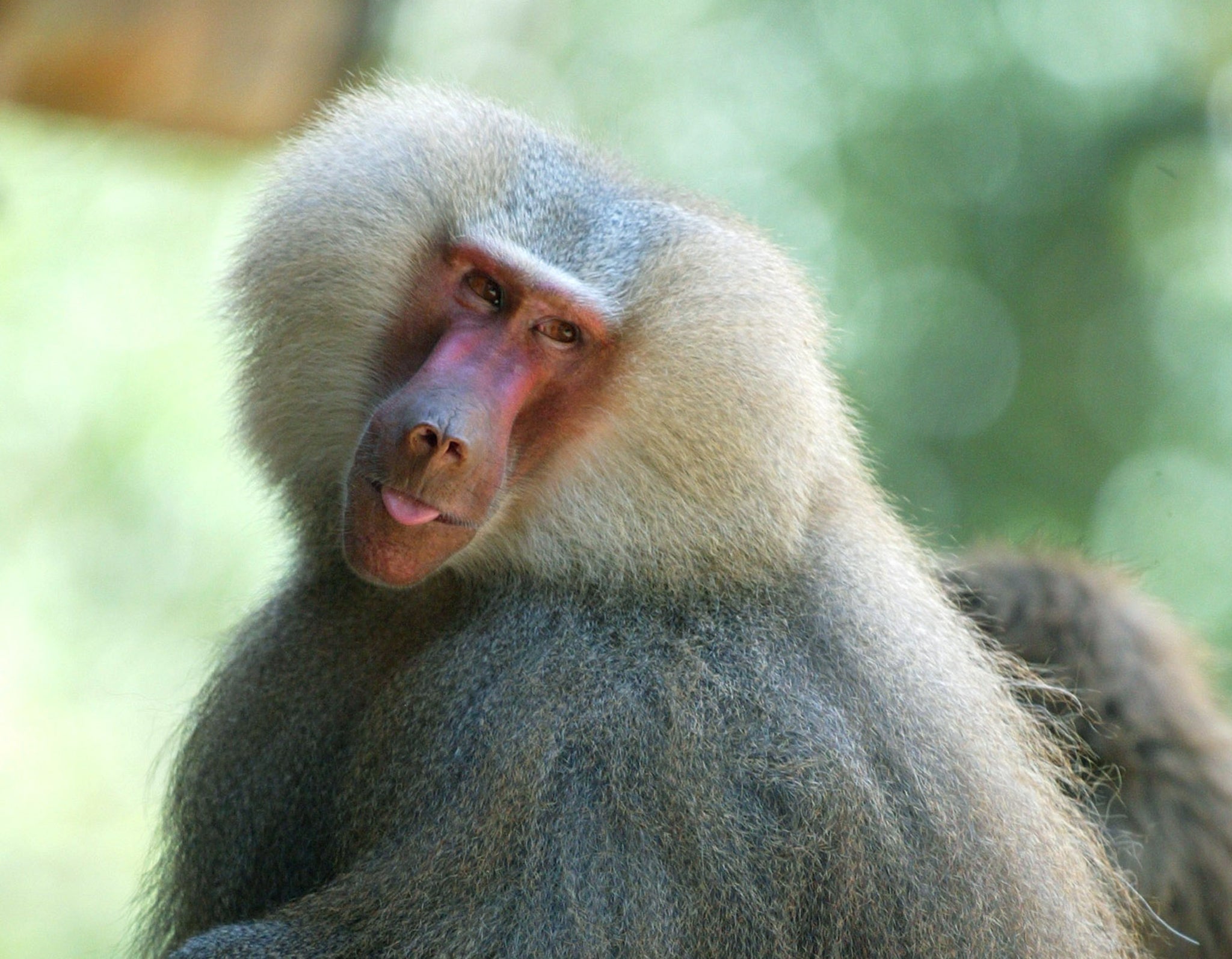Was there an evolutionary purpose to bullying?
Understanding how bullying evolved may help us deal with it in modern society

Your support helps us to tell the story
From reproductive rights to climate change to Big Tech, The Independent is on the ground when the story is developing. Whether it's investigating the financials of Elon Musk's pro-Trump PAC or producing our latest documentary, 'The A Word', which shines a light on the American women fighting for reproductive rights, we know how important it is to parse out the facts from the messaging.
At such a critical moment in US history, we need reporters on the ground. Your donation allows us to keep sending journalists to speak to both sides of the story.
The Independent is trusted by Americans across the entire political spectrum. And unlike many other quality news outlets, we choose not to lock Americans out of our reporting and analysis with paywalls. We believe quality journalism should be available to everyone, paid for by those who can afford it.
Your support makes all the difference.I once watched a dominant baboon walk purposefully toward several members of the troop to bully them with snarls, slaps and bites. Baboons are well-known bullies. They use actual and threatened violence to climb the social ladder and then to cement their status as the most dominant animal. Male baboons bully (biologists prefer “harass”) for dominance because they want first dibs on the tastiest foods and opportunities for mating. Charles Darwin explained in Origin of Species that these are the drivers of evolution: food and sex.
The baboon I was watching was actually the largest of the adult females. The staff at the Detroit Zoo had removed all the adult males because they fought so fiercely with each other, and so mercilessly harassed the females, that the zoo hospital was overworked with sewing-up deep cuts and dealing with lost fingers. But soon after the males were removed, this particular female grew physically larger and started bullying the others. She became more muscular and even developed a false scrotum – she looked like a big male and acted like one. She was probably making more of the “male” hormone, testosterone, and more growth hormones.
This machoness in hormones, body and behaviour is also seen in other social-living species where female competition for breeding is intense, such as meerkats, some lemurs and especially hyenas where the females lead and the males are submissive. But what was this female baboon after? Zoo food is more or less the same every day and there were no males to mate with. A colleague watching these baboons for months told me that they bully each other “because they can”. My colleague meant that when given the opportunity both males and females will be bullies. Harassing others is evolutionarily ingrained; it is just the way they are.

But what about humans?
Can the same be said for people? We are a status-driven species. Like baboons, lemurs and hyenas, we live in social groups and we form power hierarchies. The “top dogs” in all human societies often get what they want, including food and mates. However, for 99 per cent of our evolutionary history, all humans lived by foraging, that is hunting and gathering wild foods. Everybody had to work together to survive.
In the few forager societies of Africa that still exist today, people live in small, mobile groups. Possessions are few and easily carried from camp to camp. The children play games of cooperation and not the competitive games typical of children in our own society. Very little physical bullying exists, but people use gossip to socially regulate behaviour. The society strives for equality and cooperation and hunted foods are usually shared with all members of the group. Some men, however, are more successful hunters. Research has found that these men have greater upper-body strength and deeper voices – both signs of greater testosterone production. These same men are also more desirable to women and father more babies than other men. So, Darwinian evolution is at work here, selecting for machismo, and has probably been at work throughout human history.
In the past, a few forager societies with abundant local resources lived in permanent villages. One example are the native people of the Pacific coast of Canada. Some families in the villages controlled more resources and had higher social status than other families. The social hierarchies were depicted on totem poles. The families high on the totem pole enjoyed the most power, had the most materials goods, and produced the most children.
With the beginnings of farming about 10,000 years ago came ever greater social stratification, running right up to the ancient and modern kingdoms and today’s societies where a few extremely wealthy families dominate business, political and social life and bully the less fortunate into lives on the dole and zero-hour work contracts.
Evolutionary biology is at work today. In the US, census data show that rich women are more fertile than poor women. The rich are also taller than the poor in most societies, and have been for centuries. Once this was thought to be due to better food and healthcare, but new research has found that bullying is also at work – at least in the animal kingdom. Juvenile meerkats fighting to be the breeding adult – just one pair usually breed – grow competitively and bully their younger siblings into remaining small. The competitors must eat more to sustain their growth, but their faster growth begins before they start eating more. They seem to be pumping out more hormones for both faster growth and bullying.
Studies of human growth have long been available but never interpreted in terms of bullying and competitive growth. One British study is especially relevant, the Avon Longitudinal Study of Parents and Children (ALSPAC). The participants are mostly white native British families. Researchers sifted through 12,000 records for an association between growth in height and sibling number, birth order and birth spacing. They reported that with each additional older sibling the study child was up to 1.3 inches shorter by age ten.
Neither the economic conditions of the family nor the sex of the older sibling influenced the findings. The conventional explanation is that, with more mouths to feed, each additional, younger sibling receives a smaller share of parents’ resources. But, the ALSPAC study families are relatively wealthy, the children are well-fed, and in the society studied has universal healthcare and education, with extra benefits to those in need. Bullying may be a better explanation for the height deficit of younger siblings. With or without intentional malice, older siblings are known to inflict physical and emotional stress on younger brothers and sisters and may slow the flow of their growth hormones. In fact, another study of ALSPAC children showed strong positive associations between the most important growth hormone, called IGF-1, and height for both boys and girls.
There does appear to be an evolutionary purpose to bullying; it is found in many animal societies and has deep evolutionary roots. People bully each other, not just to get ahead for food and sex but also, like the baboons, because they can. On the other hand, the hunter-gatherer studies show that we can be highly cooperative and reduce the need for bullying to a minimum. So let’s look for those evolutionary mechanisms favouring cooperation and reward people who use them. Humans have evolved to be smart enough to take personal and collective decisions about how we want to behave. We can overcome bullying and we could get used to it.
This article was originally appeared on The Conversation (www.theconversation.com). Barry Bogin is a Professor at Loughborough University
Join our commenting forum
Join thought-provoking conversations, follow other Independent readers and see their replies
Comments